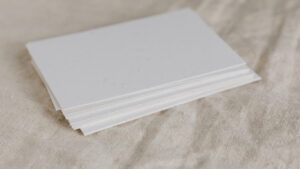Last Updated on July 31, 2025 by Packoi Team
Keep reading to learn how to use your product’s packaging and labels to support your marketing strategies. This article will focus on using product packaging and labels appropriately.
What is A Brand Label?
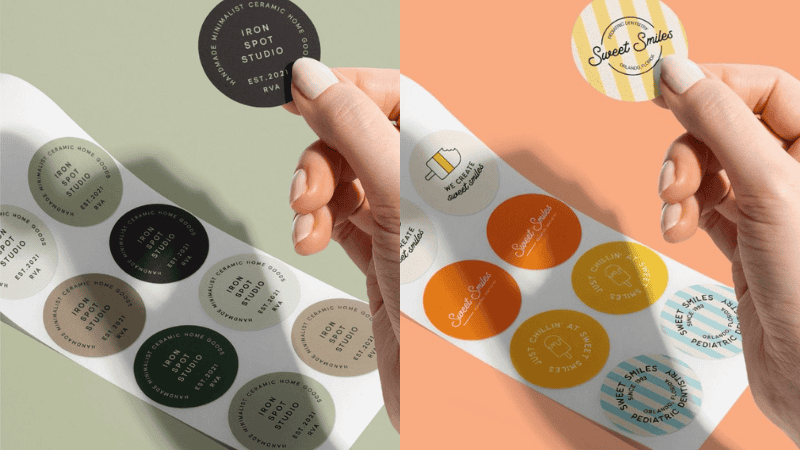
Also known as product labeling, a brand label involves wrapping material designed to be aesthetically appealing and informative. These can be made of paper, plastic, fabric, or any material on which you can print information.
Product labels usually contain details like the product’s name, price, variant, quantity per pack, brand image and logo, barcode, special features, ingredients or contents, product use instructions, and so much more.
It’s essential to research the mandated information that the government requires for the specific product that you’re trying to sell. Food and cosmetic products are only a few that have to abide by government rules and regulations regarding brand labels strictly. These include the expiration date, safety instructions, etc. Failure to do so might lead to sanctions that could ruin your company’s reputation.
Since the label contains information, it provides you with the space to market the product. If the information in it resonates with the customer, it can convince them to buy your product.
What Are The Different Types of Product Labels?
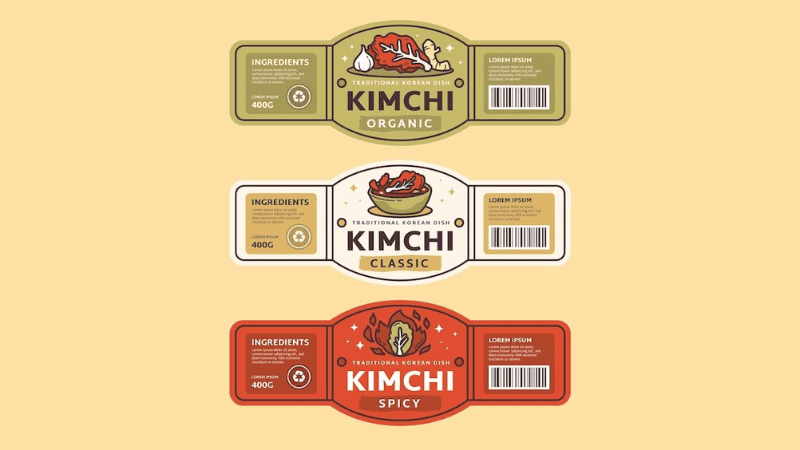
You can put all the information about the product on one label. However, you can also print them separately. This is necessary to highlight specific details so the customer can use the product correctly.
Here are the different brand labeling classifications that you should know.
- The brand label is where you put the basic product information, like the name, variant, etc. It’s also where you display your brand’s identity.
- The grade label indicates the quality and features of a product, usually as measured by the standards set by the government or a regulating body in the industry.
- The descriptive label contains instructions on how the customer can best use or consume the product.
- The informative label has additional information to educate the consumer to have the best experience when using or consuming the product.
What is Product Packaging?
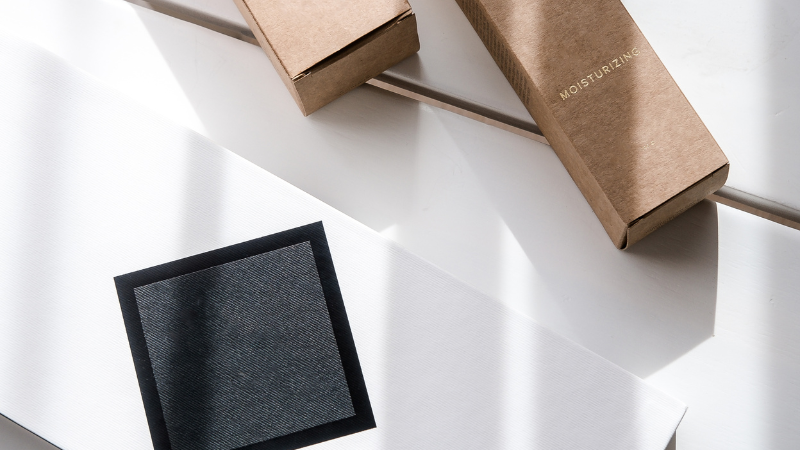
The packaging is the one that holds and contains a product. The packaging design can help you market your product in two ways.
The first is that it protects the product. This happens in different scenarios. It can protect while the customer carries it from the store to their home or workplace. Or it can protect the product as it’s delivered to the customer who bought it. It can also keep the product from being contaminated. It gives the product a stable environment inside the packaging, so it doesn’t spoil or leak out.
The second is to make your product stand out against competing brands. When your product is put on a shelf or display table, the packaging is responsible for attracting potential customers to take it. That means the product’s design should catch your target market’s eye. It should make them interested enough to take a closer look.
If your packaging has the correct information, it could help the customer make the right decision – hopefully, it works in your favor.
What Are The Different Types of Product Packaging?
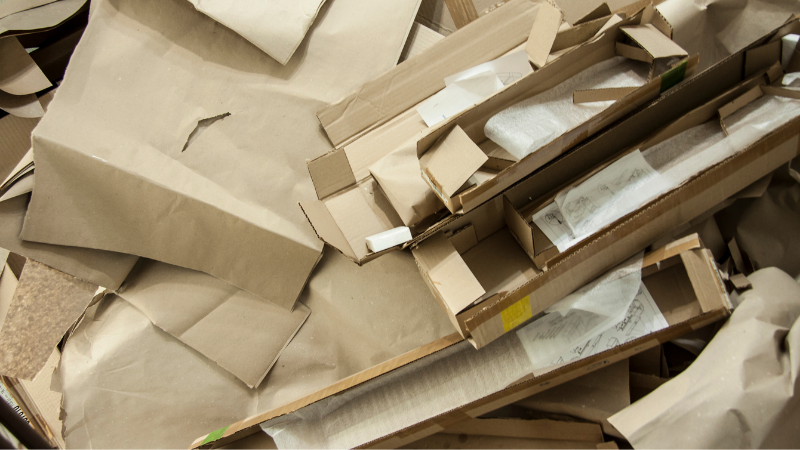
The packaging of a product can be made of different materials. It could be plastic, cardboard, metal, wood, cloth, paper, and even styrofoam.
Typical product packaging comes in 3 layers.
The first is the primary packaging. It’s the one that comes in direct contact with the product. The material used in this layer should be appropriate for what the product needs to maintain its integrity. The typical materials include bottles, cans, jars, boxes, tubes, and wrappers.
The secondary packaging is another layer that provides more protection. It’s not always necessary. But if the product is fragile or it’s expected to travel long distances, there may be a need for this packaging layer. Since the primary purpose of this layer is to provide additional protection, customers usually throw this away after they unpack a product.
Finally, the tertiary packaging is like the shipping box. It’s meant to house the product and the primary packaging to protect both while they travel. It keeps the product from damage as they are shipped. Sometimes, this packaging is big enough to transport more than one product at a time.
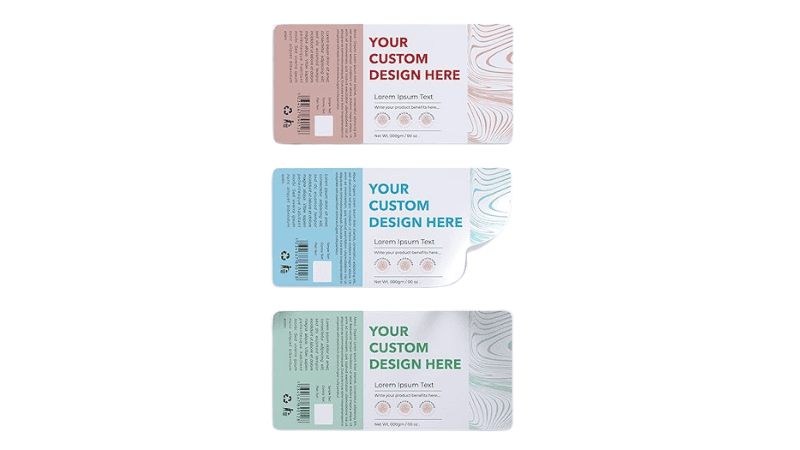
What is The Difference Between Product Labels And Packaging?
The difference between product packaging and labeling lies in the 4 key areas: the goal, design, function, and legal purpose. While they both help market the product, they do it differently.
Understanding how the product label and packaging functions differ is essential so you can choose the correct design elements. That’s the only way to transform each into a powerful marketing tool.
Here are the 4 critical ways that labels and packaging are different.
Goals
The goal of packaging and labeling is to increase the sales of a product. While it’s the same, the method by which they both do it is different.
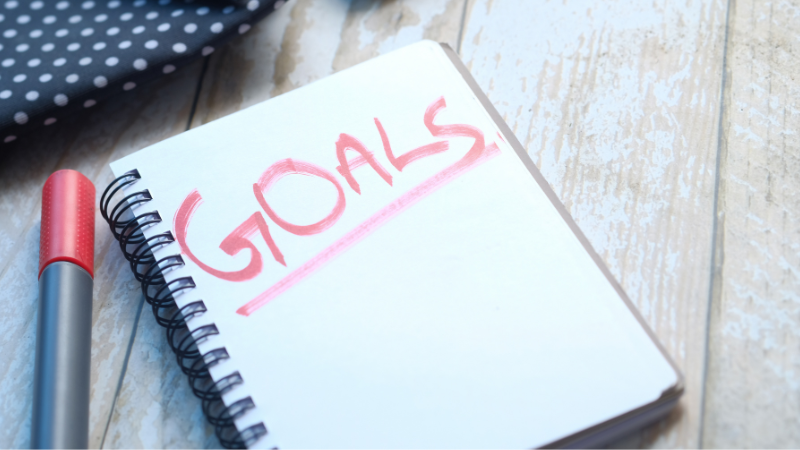
For the product packaging, the goal is to protect the product. That’s the primary reason why it’s there. But from a marketing perspective, the packaging design is meant to make the product stand out. It’s supposed to make consumers take notice despite being with other brands.
On the other hand, product labeling is meant to educate. It’s intended to inform consumers about the product. Oftentimes, customers want to make a buying decision based on facts about a product. Especially if it involves food products, they want to know if it can satisfy their needs. The label’s goal is to provide the information that can make the customer choose to buy.
Design
Both packaging and labeling are designed to support the product. That means they both have the brand’s marks. But that’s as far as the similarities go.
The label’s design is meant to put focus on the information provided. That means the text should stand out. The layout should highlight the message you want to convey to the consumers. It’s all about the product’s features and how it can be used or consumed.
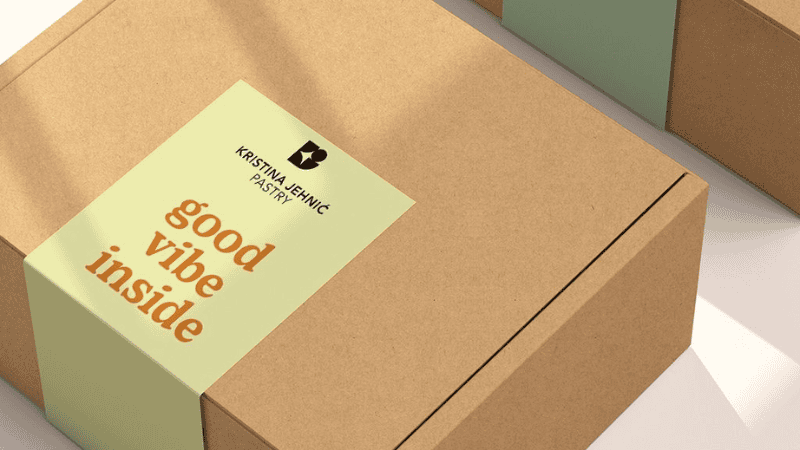
The design of the packaging is all about visual appeal. As mentioned, they are meant to catch the eye of passing consumers. That means the packaging design will be guided by two things: the brand and the customer’s preferences.
Function
One of the main functions of product packaging is to attract the customer’s attention. The idea is to make the packaging so visually appealing that it can convince potential buyers to look closer.
Once they are closer, the function of the product label takes the forefront. The information labels will try to swing the consumers’ purchasing decisions in your favor. Make sure the labeling of your product will help them make the right choice.
Not only that, but it’s also meant to heighten the customer’s experience while using the product. Use it to give consumers instructions on how to use what they bought adequately.
Legal Purpose
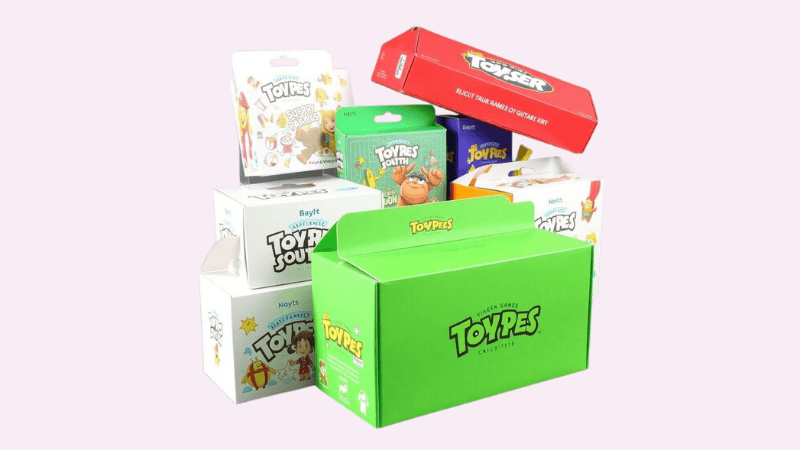
The packaging and labeling of a product are also meant to serve a legal purpose. This is especially true for labeling food items, cosmetics, and other consumer products that touch the human body.
For food products, the packaging and label have to show the ingredients, basic nutritional information, calories per serving, etc. It has to be accurate so consumers know exactly what they’re eating or drinking.
Sometimes, some countries also want the packaging to indicate their sustainable materials. Or a seal of approval or ratings from industry experts. The packaging and the labeling have to meet these legal requirements so the product can be accepted and sold in the market.
5 Rules When Creating Quality Packaging And Labels
How can you create quality packaging and labels to market your product successfully? You need to follow specific rules when you’re creating it.
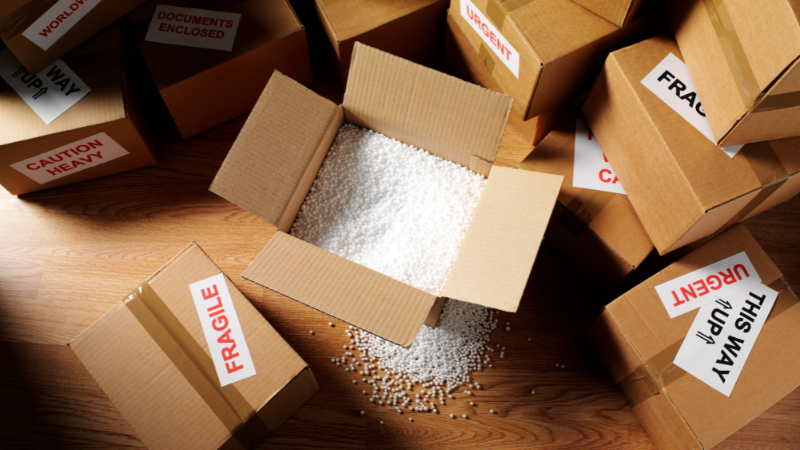
- Make your labels and packaging match the unique features of your product. Everything needs to be aligned regarding the theme, message, and story.
- Consider the correct size. The product should fit the packaging, and the label should be big enough to contain the vital information the customer needs. While you can put some of the information on paper that you can put inside the product, that can get lost. The label has to ensure that the customer can safely use the product.
- Be clear with your message. While it’s essential to make both packaging and labeling visually appealing, the information is also relevant. Find the balance to satisfy visual appeal and the need to provide information.
- Think about the environmental impact. Consumers prefer to support companies and brands that care for the environment. That means you should choose suitable materials for your secondary packaging. If you can make that evident in your packaging and label designs, it’ll help win over more customers.
- Follow the rules and regulations. The guidelines set by the FDA and similar regulating bodies are essential. Your product won’t see the light of day if you don’t follow it. Do your research and make sure you comply with every rule.
FAQs
What is the purpose of product labeling?
Product labeling provides essential product details and helps consumers make informed purchasing decisions.
How does packaging support marketing efforts?
Packaging attracts attention on shelves, enhances brand recognition, and differentiates your product from competitors.
Are labels and packaging required to meet legal standards?
Yes, especially for food, cosmetics, and other regulated goods, labeling and packaging must comply with government regulations.
What’s the main difference between product packaging and labeling?
Packaging protects and promotes the product visually, while labeling communicates product details and usage instructions.
What materials are best for packaging and labeling?
Eco-friendly, durable, and printable materials like recycled paperboard, kraft paper, and biodegradable plastics are ideal.
Conclusion
Effective packaging and labeling go beyond aesthetics—they serve as essential tools for product protection, legal compliance, and powerful marketing. By aligning design, materials, and messaging with your brand and consumer needs, you can create an unforgettable product presence on shelves and online.
Do You Need Help With Your Brand Labels And Packaging? Packoi Printing Can Assist.
Labeling and packaging your product shouldn’t be taken lightly. It can be essential to your marketing strategy – but only if you do it correctly.
Choosing the right design, materials, and even size requires a lot of consideration. But with the help of an expert, it won’t be too hard to create them to help increase your sales.
Packoi Printing has been in the industry of producing packaging for many years. You can benefit from both our expertise and experience.
If you share your thoughts and ideas with us, we can discuss them and send you a fair quote quickly.




